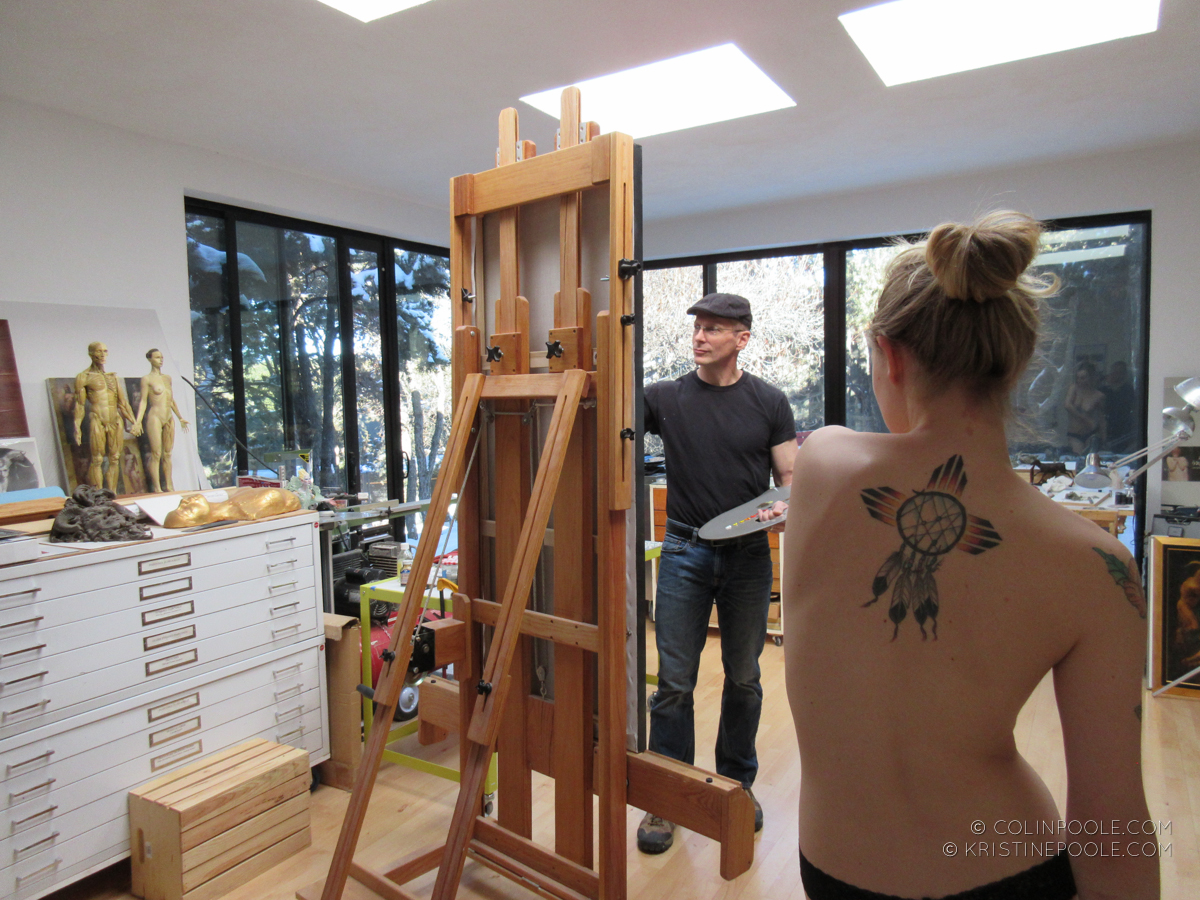
Working with models is a big topic with many facets, so this discussion will be presented in a couple parts.
As artists, we will do just about anything to get the reference we need to create the work we envision. Most of us have found ourselves, at one time or another, hanging upside down on a rock, standing naked in a snowbank or wrestling wildly cramping muscles as we swing from the tree in our backyard – all in the interest of getting the perfect reference pictures.
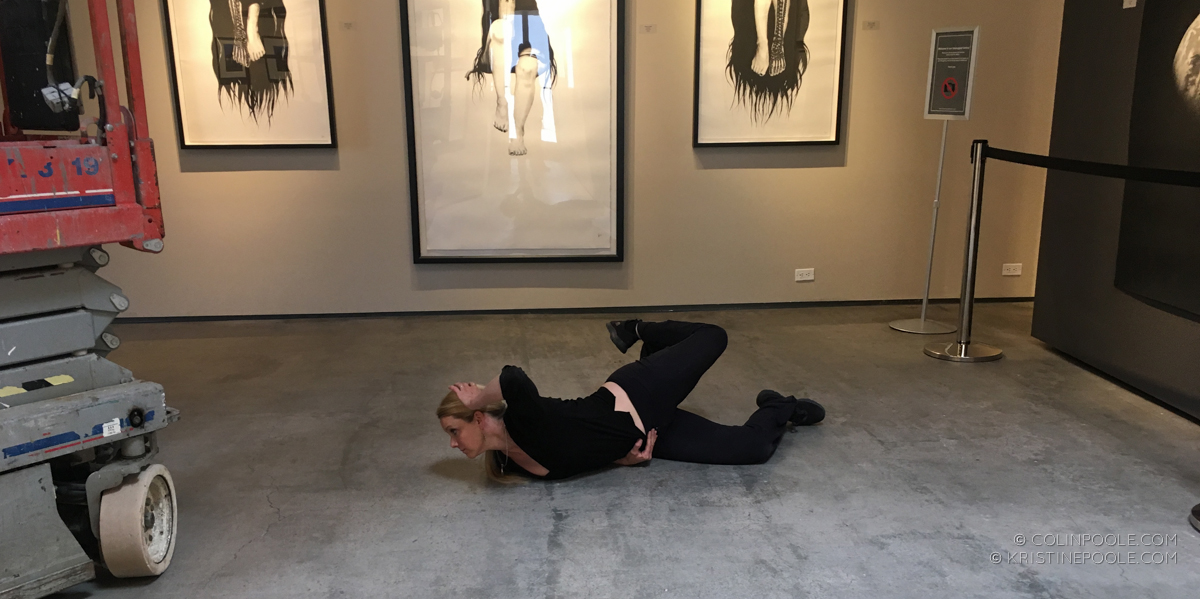
People we meet are often very curious whether we work with models (of course we do) and how this whole process happens. Working with models has been an essential staple of artistic endeavors for hundreds of years, but creating a successful, effective and mutually beneficial professional relationship takes focus and requires building a foundation of trust and reciprocal understanding. As artists, we are entrusting our vision to the interpretation of another person. Our models are trusting us to work with them respectfully and honestly. Our models inspire us, challenge us and, in the best of worlds, can become collaborators in our vision. Successful artist-model relationships can last for years, even decades, and, as seen in Wyeth’s Helga paintings, models sometimes also become our muses.
Finding Models
Things are of course different in these days of COVID-19, but for the sake of a starting point, I’ll share how we typically have worked with models in the past. We, like everyone, are striving to adapt to the new normal, even in how we might safely work with our models again.
Most artists who do figurative work have developed specific methods for finding and effectively working with models. We have worked with professional art models as well as models referred to us by friends, but we’ve had the most success and longest standing professional working relationships with models we met in our everyday lives. Two of our models, in particular, we’ve worked with happily and successfully for many, many years.
Firstly, professional models often have to be flown in from somewhere else. This is great for an extended photo session, but not so great when you realize you missed getting pictures of something really important, reference-wise. Models who live in our area can come back repeatedly as we move through the different phases of sculpting and usually are flexible to come to the studio for a few hours or a few days, as we need.
As an example, for a life-sized water-based clay sculpture, I typically need to bring a model in for an initial session to go through concepts, then a secondary session a few days later to zero in on the final pose and take images from all angles. Then I need between three and four weeks to rough in the clay figure. Knowing how difficult it is to stay in one position for extended lengths of time without moving, I wouldn’t even consider having a model sit through so many hours a day while I was simply doing the technical side of constructing the base sculptural form. After the sculpture is roughed in and semi-refined from the photographic reference, I bring the model back in for several sessions where I can do the final refinements. This methodology would be impractical with an out-of-town model, but is quite easy to arrange with someone who lives nearby.
So where do we find our models? As figurative artists, we are always studying people – how they move, how they look, how they express themselves. We notice when someone has natural grace or a beautiful neck or a confident posture.
When we see a person we think we might be interested in working with, we begin by introducing ourselves. If this person is working (a waitperson, for example), we are über respectful of their time, keeping our introduction very brief. In these circumstances, we are very mindful that a waitperson is, by the nature of their job, required to be polite and give their customers time when requested. If the person initiates more conversation or asks a question, we are still conscious of being respectful and keeping things concise.
We always have business cards with us. We introduce ourselves and say something like, “Have you ever worked as a model? We’re both artists – sculptors and painters. We have a couple projects we’re working on that we think you’d be perfect for. If you think you might be interested, when you have a moment, take a look at our websites to see some of our work. If you’d like to know more, we can schedule a time for you to visit our studio and we can show you the projects we’re interested in working on with you. If, after that, you think, ‘Nah – not for me,’ no worries. We’d be grateful for you to check it out. If, at that point, you do think you’d be interested, we’ll discuss the details, answer any questions you have and then we’ll schedule a session to try it out.” We do ask how old any potential model is as we generally do not work with anyone under 18. When we have brought a younger person in for face or hand modeling, they are accompanied by their parent when they come to our studio. Sometimes, people have brought a friend with them and in these cases, the friend also often wants to try doing some modeling too.
We want anyone we ask about modeling to feel totally comfortable that whatever they decide is fine. It is very important to us that anyone we’re working with is excited about the work we’re doing and that they feel good about their part in our creative process. If they’re not excited about what we’re doing, it’s better for everyone if we don’t pursue working together.
The Creating Begins
We have different ways we work with models, even within our own studio. Colin and I both prefer a more collaborative relationship with our models, wherein bits of their ideas and personalities mix with our ideas to create a stronger final direction. That said, for me, I often tend to have a pretty clear picture of what direction I want to start in with my sculptures. Before the model arrives, I do a bit of what I call “method posing.” I put myself through different poses to see how it feels. If the sculpture is to be peaceful, and in a particular position I feel at ease, or if the sculpture is to be tortured and in the pose I feel physically pained, I know I’m on the right track. When the model arrives, I will have several directions in mind that we can work with and they can bring their own personality to the idea.
Colin, on the other hand, often wants to catch the moment between poses for his sculptures and paintings. His sessions tend to be very theatrical, movement based and creative, with models imagining things like being a faun roaming through a sun-dappled forest watching butterflies and playing in rivers. I love watching his conversations with models describing what he is picturing.
One of our favorite “warm up” exercises to explore movement with a model is to have them curl up in a ball on the floor (please make sure the floor is very clean for this one!) and imagine they are emerging into a tree as they slowly rise up from the floor. The poses and positions they move through are invariably exquisite. We always reaffirm that if our model feels uncomfortable with trying something, to let us know and we’ll move on to something else. If they feel awkward or uncomfortable, it will show in their posture and expression and often we won’t end up with anything workable. That said, we do like to work with models that have a theatrical sensibility.
In both cases, during the first session we usually take a ton of photographs, most of which will be scrapped. If we’re lucky, out of a two hour initial work session, we might have four poses that have possibility relative to the concept we want to create. It is very difficult for someone to accurately recreate statically a pose that was done in movement (but we need this to happen in order to translate the pose to 3D). So we bring our model back in, show them the directions we like and see if they can hit those poses or bring adjustments that improve the poses further. When we get the pose refined to our satisfaction, we take images all the way around the model, worm’s eye and bird’s eye views and details (I’ll show the turntable we created for this purpose in the next segment). From this point, we can begin our sculpture, which sets us up for Working with Models Part 2.
In Part 2 , I’ll get into: Ground Rules Before You Begin, Taking Model Measurements for Sculpture, Effectively Using Photographic Reference for Sculpture, Tools We Use for Working With Models and What to Do When It’s Not Working.
Until next time, Keep Creating!


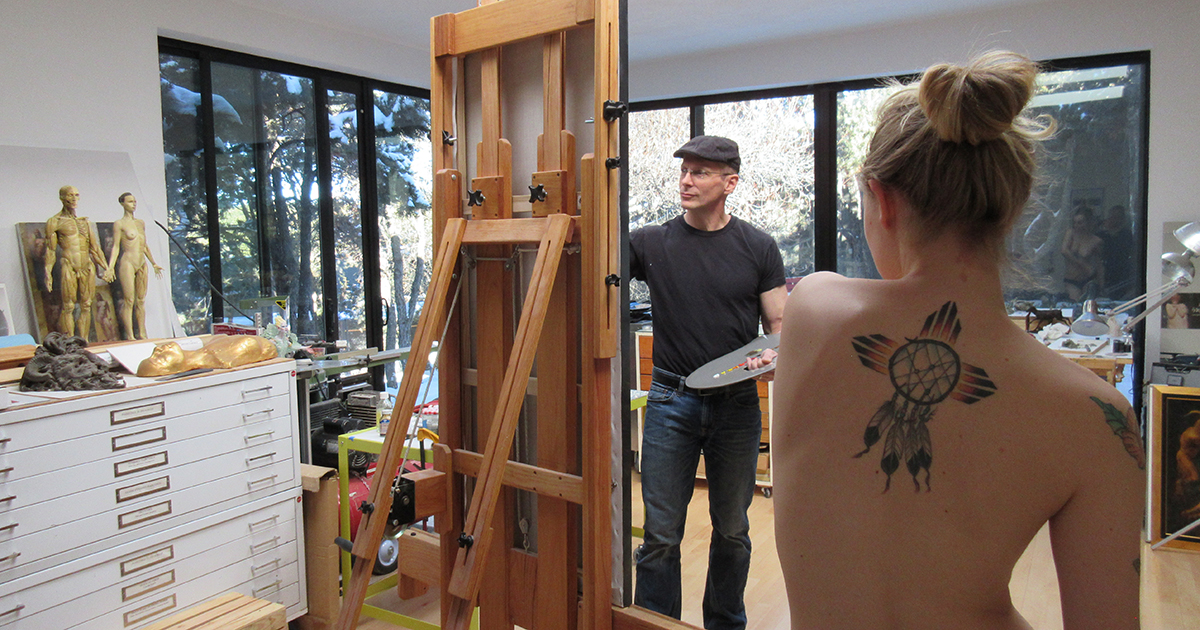
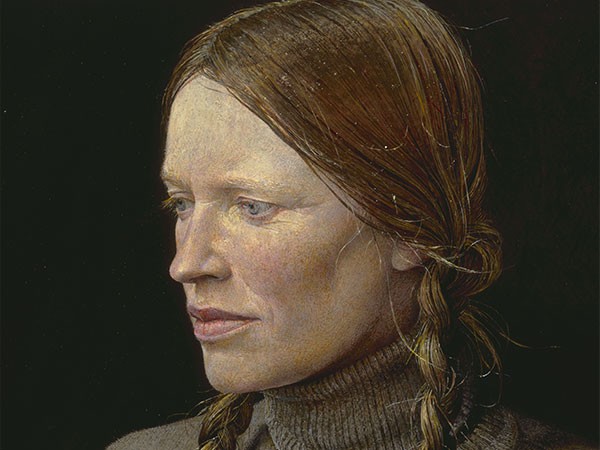
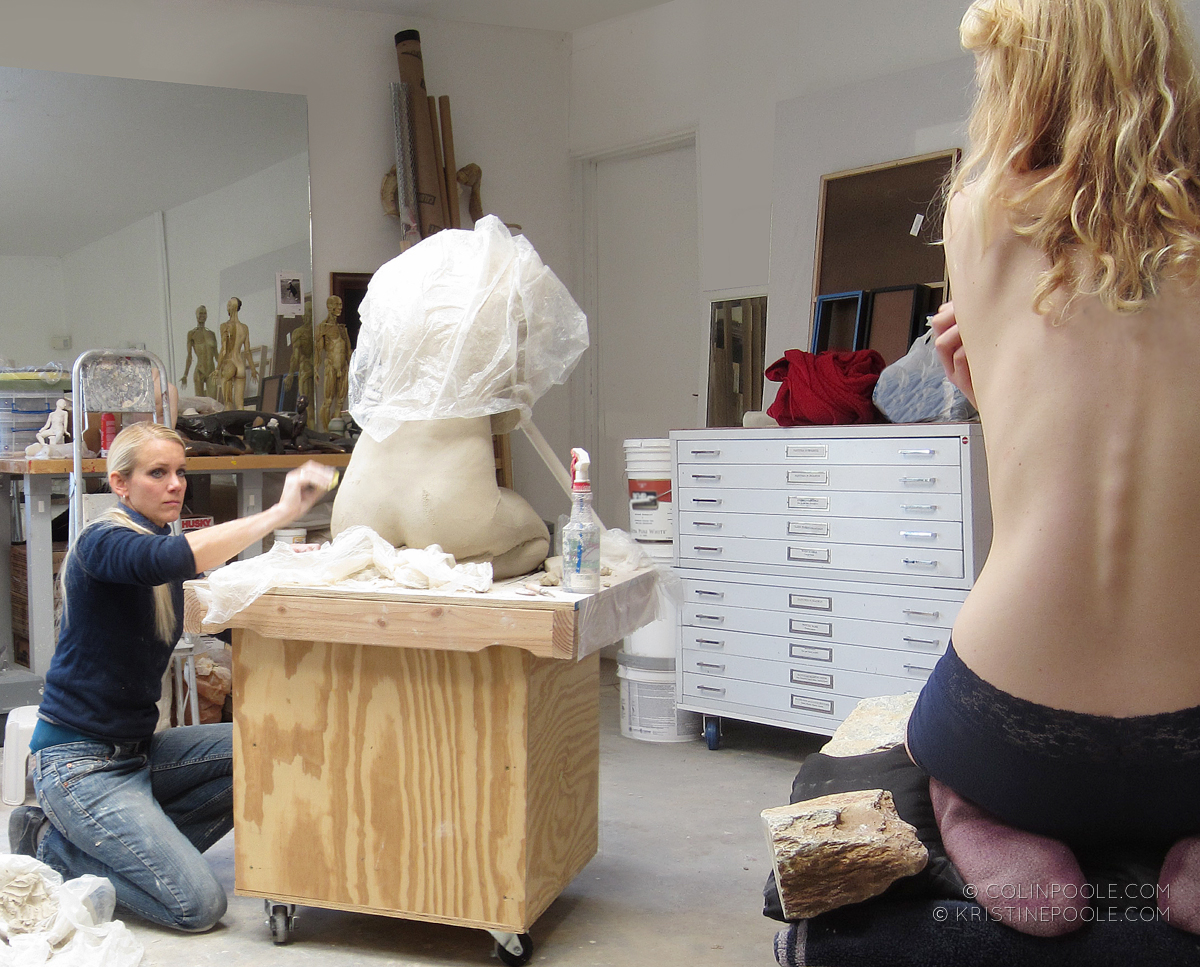

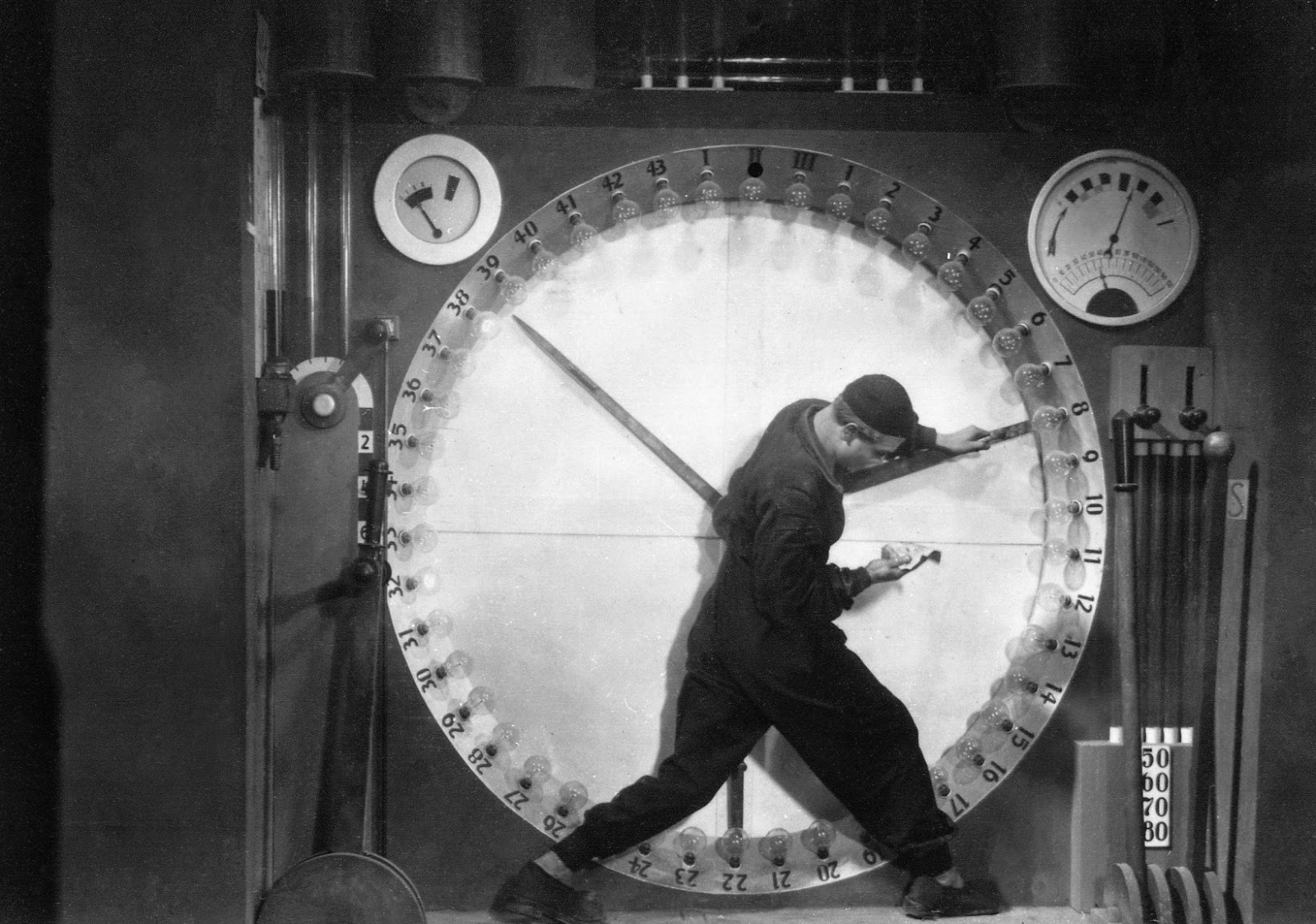
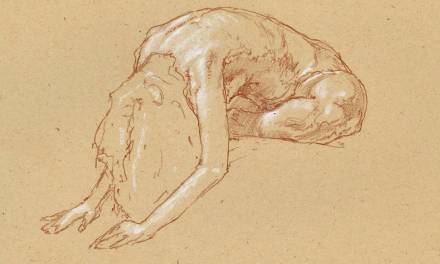
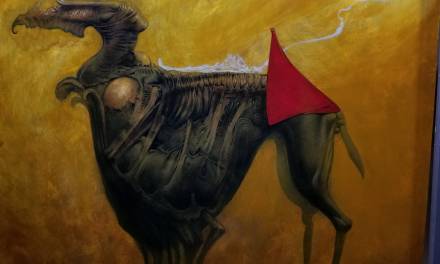

Great article and I look forward to Part 2. As a photographer, I’d add that there are resources we’re used to that might work well for other visual artists as well. An old standby is Model Mayhem, which conveniently allows you to search for models within a certain radius of your studio as well by a variety of other attributes. Dedicated sites like Model Mayhem are being overtaken these days by Instagram for both professional and amateur models, though it can be hard to find models from scratch – look to use hashtags relevant to your local regional names, such as #newenglandmodel in my area for instance. I often see models whose primary area is modeling for photography, but also have modeled for painters and sculptors as well. It does certainly have some different skills though!
John, thanks so much for the info on finding models. We’ve looked at Model Mayhem before, but haven’t actually worked with anyone from that site. I like the Instagram hashtag idea – we’ll use that, but I’ll also suggest it to models we work with who are looking for more clients in our area. That’s a great suggestion!